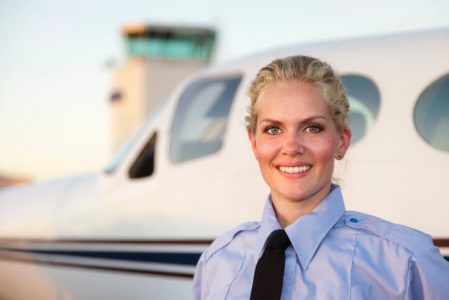Crew resource management for the Captain who owns the company
I recently saw a job advertisement for a co-pilot position that would include flying the right seat for an owner/operator. For some reason, the position stayed open for quite some time. I’m guessing that the term “owner/operator” can be a little intimidating, even for a relatively experienced co-pilot. Really, who wants to fly next to the boss regularly? It makes me wonder if Crew Resource Management would instantly resort to Single Pilot Resource Management, based on the hierarchy of crew members and the intimidation factor of flying with the boss.
I’m not saying that all owners/operators are dangerous or frustrating to fly with. Some are qualified and proficient enough to fly their aircraft as a single pilot.
Andrew Broom from NBAA had quite the compliment for owner/operators. He said, “owner pilots are not just a key part of the business aviation community: they’re innovators, thought leaders and groundbreaking entrepreneurs.” I understand this; it takes a lot of effort and drive to be a successful business person, just like it takes a lot of effort and drive to be a professional pilot. To do both is impressive. That is, as long as you know the difference between the board room and the flight deck. For example, as a company owner, it may be expected, even encouraged, that you rule with an iron fist; to make all the decisions and lay down the law with no discussion. In a jet or high-performance turboprop, that sort of crew resource management won’t fly.
If you are an owner/operator who is part of a required crew, crew resource management is critically important. Even if you are the most likable pilot on the planet, your position relative to the other pilot is tricky: You own the airplane and probably the company; you sign the paychecks. That is some pretty heady stuff.
You also can set the proper tone in the airplane, regardless of which seat you occupy. Like it or not, you are seen as an authority figure, which may be hard for the other pilot to get past. A thorough briefing of what they can expect from you will make you both feel like part of a team. Inviting questions, comments, and corrections will make you seem like just another crewmember, which could end up saving your life in an emergency.
If you are an owner/single operator, the same goes for you, except you need to be having this conversation with yourself. Know what other resources are available to you when you are the sole pilot of the aircraft. Make sure you are ready for the flight in every possible way, both mentally and physically. You’re going to have to rely on yourself, so be prepared.
RELATED READING
RELATED CTS TRAINING










